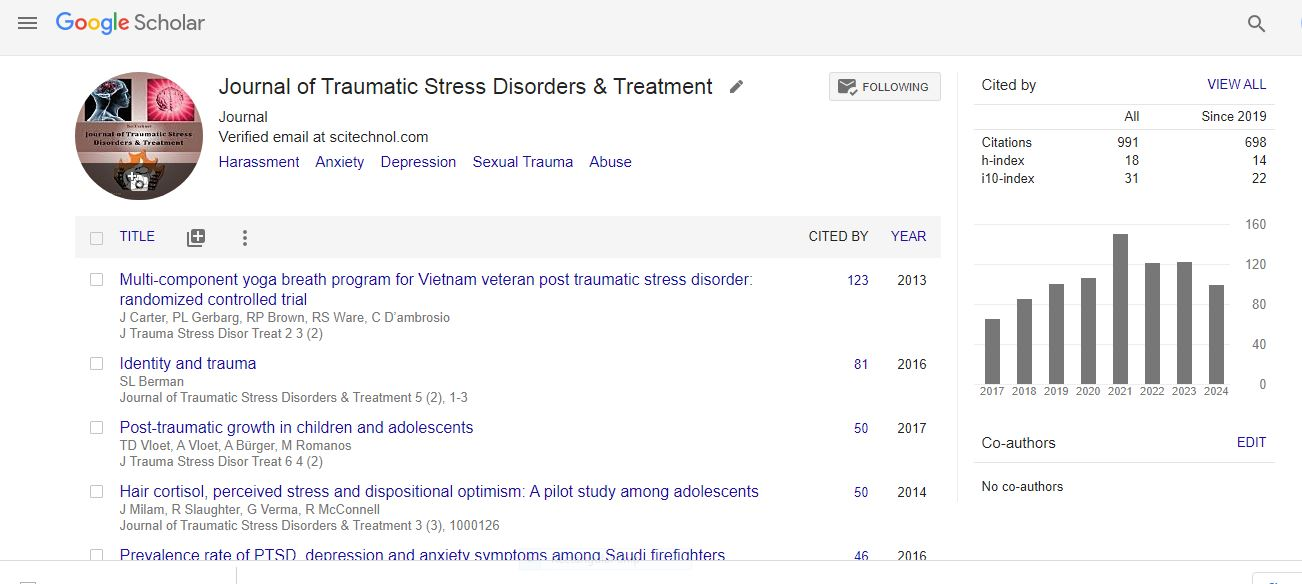Shugan clue us to the discovery of shared molecules that mediate anti-depression and prokinetic in stressed rat
Xi Huang
Nanjing University of Chinese Medicine, China
: J Trauma Stress Disor
Abstract
The unique challenge of DCWFD (depressive co morbidity with functional dyspepsia, FD) is its united theory including shared pathogenesis and therapeutic strategy. The latter inhibition to gut motor by SSRIs result in anti-depressive discontinuance. Surprisedly, Shugan, one of TCM strategies against DCWFD, has been being neglected during past 2200 years until the discovery of its anti-depression and prokinetic (A&P) in 2011. Here, Shugan-treated target is Ganyupixu (ancient disease name of TCM) similar to DCWFD in symptoms. Clinically and experimentally it also has been comprehensively and separately applied in the treatment of depression, FD and DCWFD. From above clues, we advance the hypothesis involved in simultaneous A&P against stress. The evidences for testing hypothesis in stressed rats include: i. simultaneous A&P activities by 7 agents including TCM Chaihu-Shugan-San (it contains 6 herbs of fructus aurantii,et al), fructus aurantii and the related 5 phytochemicals (ferulic acid, meranzin hydrate, hesperidin, peoniflorin and Senkyunolide) in which each is absorbed into hippocampus and jejunum via polypharmacology including HPA axis, 5-HT, NA, DA et al when 7 agents each was administered respectively; ii.some shared molecules (α2-AR, ghrelin, 5-HT1 and BDNF/p-mTOR) of rat gut-brain axis following forced swimming or treatment simultaneously mediate A&P, respectively supported by strict agonist or antagonistevidenced experiments. We concluded from above results: i.Shugan guided the discovery of A&P's CSS, fructus aurantii and 5 phytochemials; ii. these holistic agents play A&P role via regulating 4 shared molecules following stress, highlighting depressive or anti-depressive united theory involved in pathogenesis and therapeutics.
Biography
Xi Huang has completed his PhD from Forth Military Medical University in 1995 and postdoctoral studies from Xiyuan Hospital, China Academy of Chinese Medicine Science in 1998 respectively. He is the director and Professor of Institute of TCM-related depressive co morbidity, Nanjing University of Chinese Medicine. He has got 9 funds of National Natural Science Foundations of China. Among > 200 papers as correspondence author, 41 involve in TCM in SCI journals. He is > 10 editorial board members or correspondence.
Email: tcmhuangx59@163.com
 Spanish
Spanish  Chinese
Chinese  Russian
Russian  German
German  French
French  Japanese
Japanese  Portuguese
Portuguese  Hindi
Hindi 
